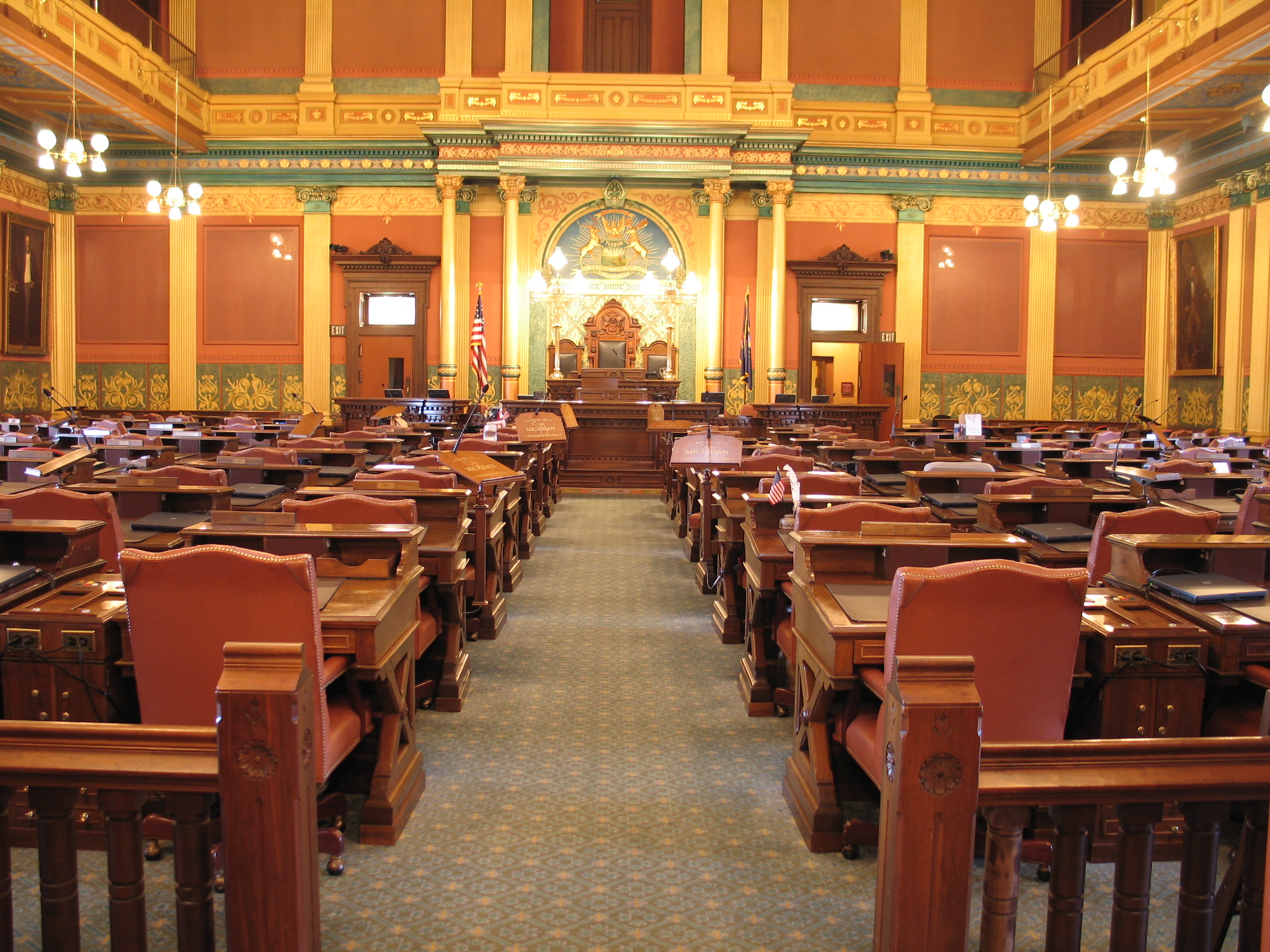The Changing Landscape of Michigan Politics
Gallery

As the nation gears up for Election Day on Nov. 8, eyes are focused on the presidential race between two candidates who have the dubious distinction of having the lowest favorability ratings in recent memory. The seeming weakness of Clinton and unexpected success of Trump in their respective primaries has called into question long-held truths regarding politics across the nation, Michigan included.
One of the developments in this election season is the shifting spheres of influence for Democrats and Republicans. Michigan, which has not cast its electoral votes for a Republican candidate since George H.W. Bush in 1988, is no longer considered a safe bet for Democrats by some analysts. Over the last few months, polls conducted in Michigan have fluctuated between showing as much as a 13 point lead for Clinton to showing the two candidates in a tie. Despite this uncertainty, FiveThirtyEight, the website founded by statistician Nate Silver, gives Clinton a 78 percent chance to take Michigan’s 16 electoral votes. This is a good deal higher than the 67.7 percent FiveThirtyEight projects for Clinton’s chances of winning the national election.
In response to the lukewarm reception both candidates have engendered, multiple third parties have attempted to capitalize on voter indecision to establish a stronger presence for themselves. On the national stage, Jill Stein of the Green Party, and Gary Johnson of the Libertarian Party, have each campaigned as viable, even preferable, alternatives to the two main party candidates.
This election cycle also saw a new third party work its way onto the ballot here in Michigan. Called the Working Class Party, this party seeks to represent and advocate the positions important to the working class. Drawing inspiration from previous revolutionaries and union organizers, party members hope to call laborers to action in the current class struggle. They see the Democratic Party, which often presents itself as being the party of unions, as having turned their backs on the working class. Republicans fare no better in their estimation, sharing at least an equal share of the blame for many of the crises afflicting Michigan.
Henry Ford College professor of psychology, Mary Anne Hering, who is a Working Class Party candidate for an at-large seat on the Michigan State Board of Education, spoke with Cynthia Canty of Michigan Radio in August. “Republicans and Democrats represent the interests of Big Business, of the banks; the legislature serves their interests, and the working class has no political voice. So into that we stepped and said ‘Enough is enough. It is time for the working class to be able to express itself at the polls and have its own party,” said Hering in the interview. Hering also discussed the effort required to get on the ballot, a process that began in January of this year. Campaigners collected more than 50,000 signatures, far beyond the amount required.
In addition to Hering, Dearborn voters will also have the option of voting for Working Class Party candidate Gary Walkowicz for Representative for the 12th Congressional District. He will be running against the incumbent, Democrat Debbie Dingell, who visited HFC for the Student Political Issues Convention in October.
This diversity of parties is not shown in every election, with the race for State Representative for Michigan’s 15th District being a prime example. The 15th District encompasses almost the entirety of the city of Dearborn, and was represented by Democrat George Darany, who cannot run due to term limits. Democrat Abdullah Hammoud, a public health analyst who emerged victorious from a contentious primary this August, will face off against the Republican candidate, professional wrestler Terrance Guido Gerin.
Whether these changing trends are carried through into the coming years will be determined this Election Day. With new parties and close races, this election has the potential to reshape the political landscape of Michigan and the USA in a lasting way.
